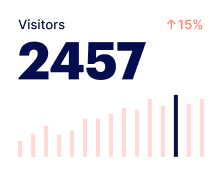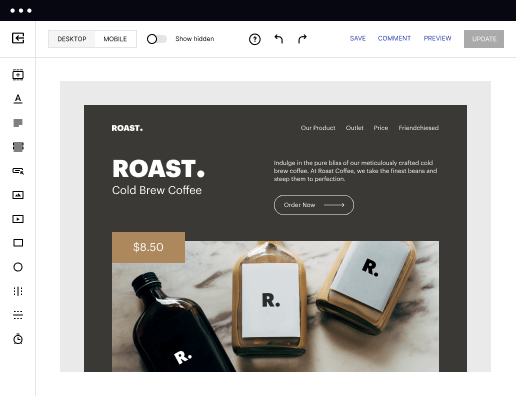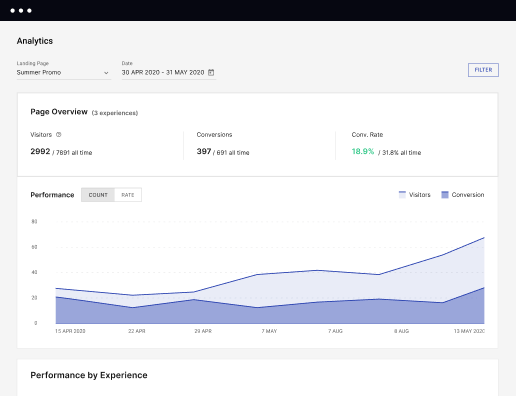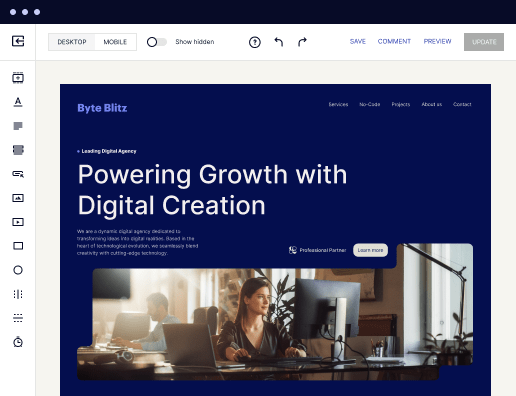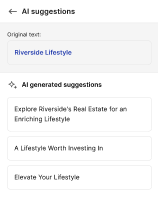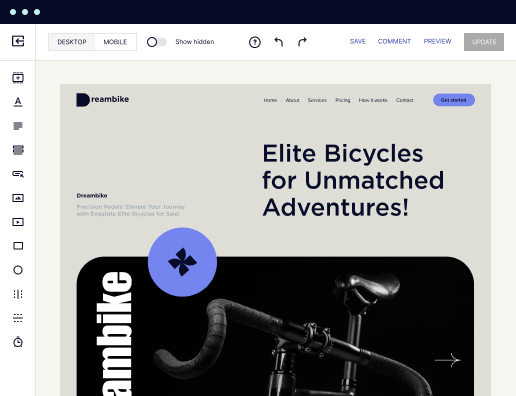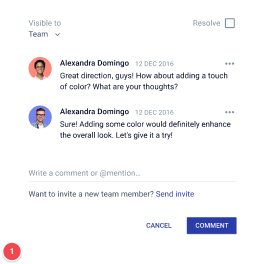Make a high-performance returns page optimized for Maxthon
Utilize Instapage to reduce costs, enhance conversions, and deliver tailored experiences in Maxthon.
Building your returns page in Maxthon with Instapage
Creating a returns page in Maxthon is essential for effective customer service and streamlining the return process. Instapage empowers marketers to achieve this efficiently with its easy-to-use landing page creation platform that requires no coding knowledge.
The Importance of an Effective Returns Page
A well-designed returns page can enhance customer trust and loyalty, leading to higher conversion rates. Customers expect a seamless return experience, and providing clear instructions can make all the difference. Instapage allows you to craft targeted pages with 100+ conversion-focused layouts designed for your audience.
- Clarity: Ensure all return policies are straightforward to avoid confusion.
- Accessibility: Make sure the returns page is easy to navigate from all points of purchase.
- Personalization: Use dynamic text replacement in Instapage to cater the message to different customer segments.
Step 1: Define Your Return Policy
The first step in building your returns page in Maxthon is to clearly define your return policy. This should include the timeframe for returns, any conditions (such as unused or unopened items), and the process for initiating a return.
- Timeframe: Specify how many days customers have to return items, providing a sense of urgency.
- Conditions: Outline what items can and cannot be returned with clear examples.
- Initiating Returns: Use clear call-to-action buttons that guide users on starting the return process.
Step 2: Design Your Returns Page
With your policy in place, it’s time to focus on the design of your returns page using Instapage. You can utilize templates that integrate seamlessly with your branding, ensuring a cohesive experience.
- Use Instablocks to easily arrange layout sections that provide necessary information such as FAQs and contact details.
- Include visuals or icons that represent each step of the return process to make it more engaging.
- Incorporate social proof like customer testimonials that highlight a positive returns experience.
Step 3: Test and Optimize
Once your returns page is designed, the next step is testing and optimizing the page. Utilize Instapage’s built-in experimentation features to assess how your page performs with real users.
- A/B Testing: Experiment with different headlines and layouts to find what converts best.
- Heatmaps: Analyze user behavior on the page to identify areas for improvement.
- Analytics Dashboard: Use performance metrics to make data-driven decisions for page enhancements.
Having a functional returns page is a critical component of customer satisfaction and can lead to increased conversions when managed effectively.
Start building your returns page in Maxthon today using Instapage to enhance your customer experience and drive loyalty.
Get more out of Build your returns page in Maxthon
Improve your Quality Score with quick load technology for landing pages
Increase conversions with content that aligns with your ads and audiences
Achieve maximum ROI by scaling your marketing initiatives
Leading the way in building high-performing landing pages





FAQs
See how to build your returns page in maxthon in action
Ready to skyrocket conversions?
Supercharge your ad campaigns with high-performing landing pages.
Get started
